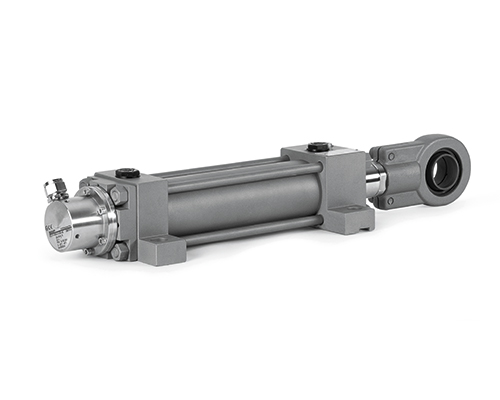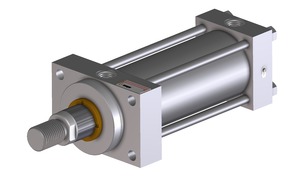Configurator
Product Line
Industrial
Ex-proof
Stainless Steel
Category
Proportional valves Ex-d, Ex-t
Axis & P/Q controls Ex-d, Ex-t
On-off valves Ex-d, Ex-t, Ex-ia
Cylinders Ex-h
Family

Cylinders & servocylinders
CKA
For potentially explosive atmospheres to 94/9/CE ATEX directive Certification Ex II 2 GD IIC T6/T4 (T85°C/T135°C), nominal pressure 160 bar, max 250 bar
Technical info
Hide or show technical insights to lead user in selection
